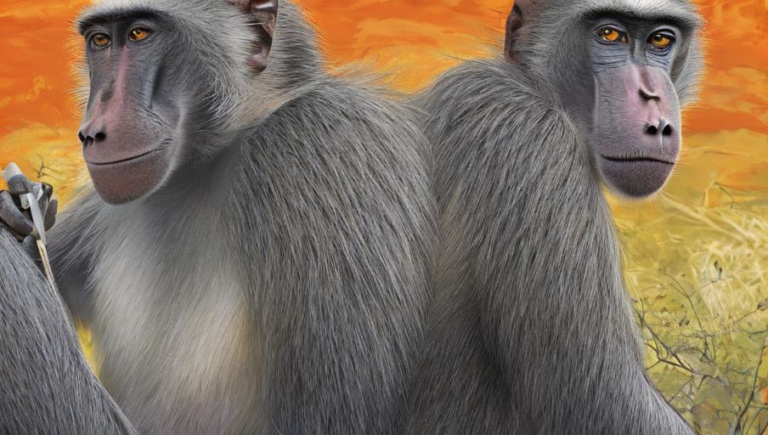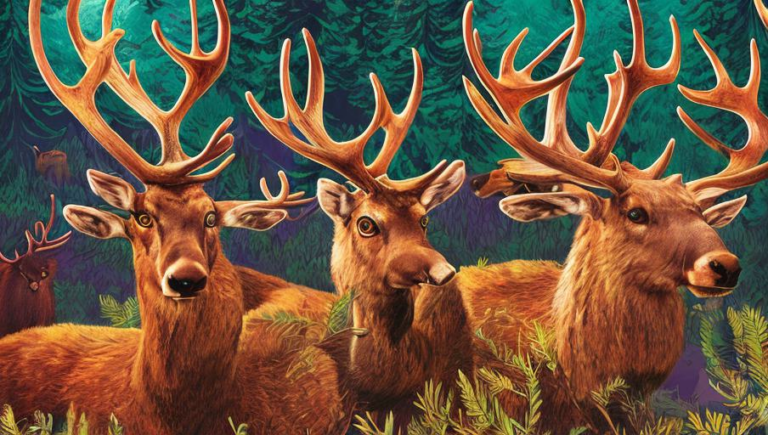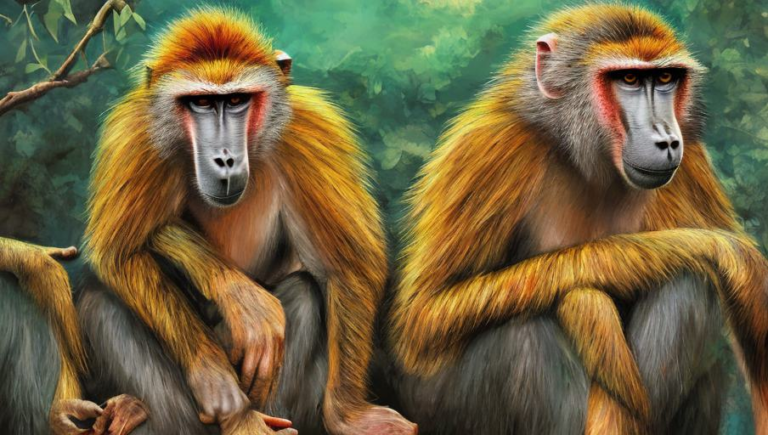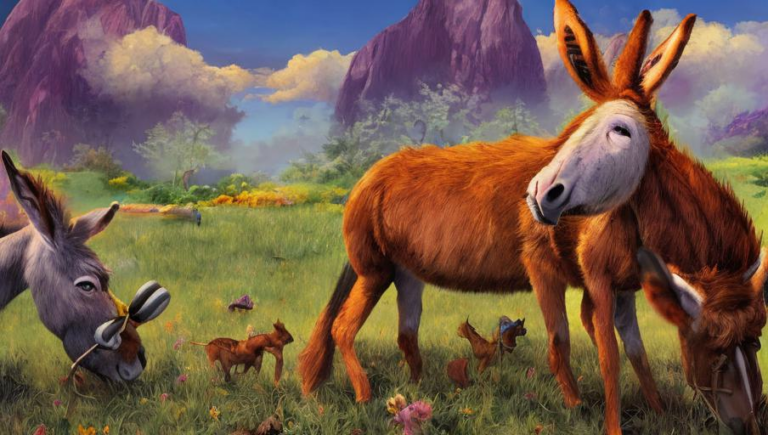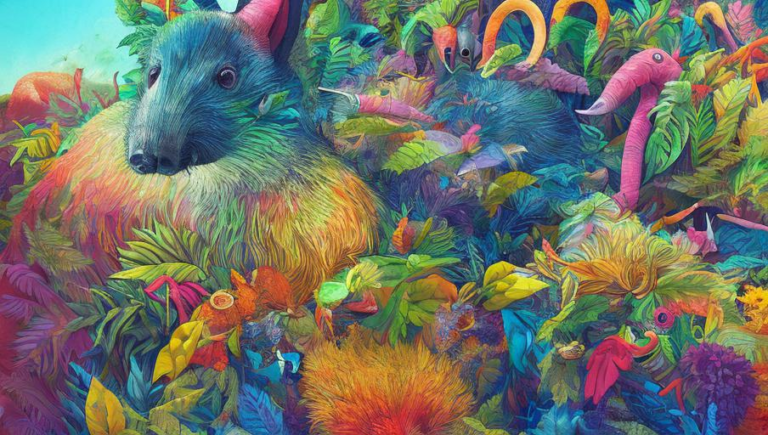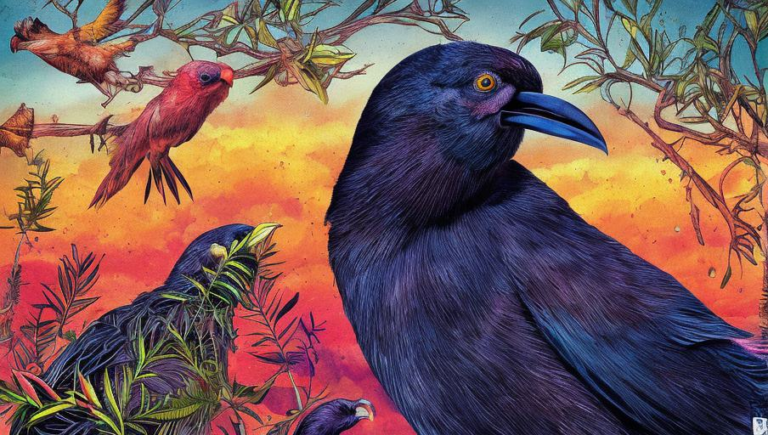Fascinating Interactions Within Caribou Herds
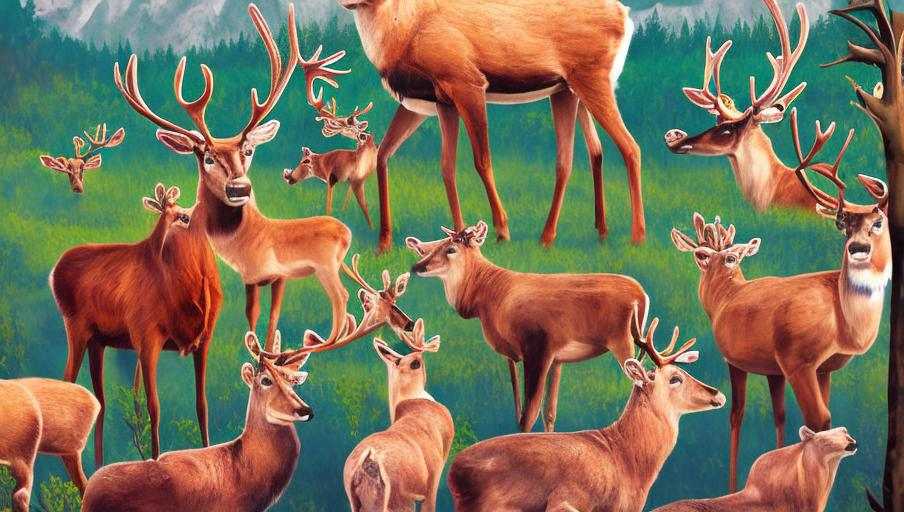
What is a Caribou?
A caribou is a species of deer that is found in North America and Eurasia. The species is characterized by its large size, its brown coat, and its antlers. Caribou are known for their unique ability to migrate long distances in search of food and habitat. Caribou are also an important source of sustenance for Indigenous communities in the Arctic and subarctic regions.
Herd Dynamics
Caribou are social animals that form herds of up to several hundred individuals. Herds are composed of both males and females and are typically led by a dominant female. The dominant female helps to lead the herd to the best sources of food and guides them away from danger. Caribou herds have been observed to have complex social interactions, including competitive behavior and cooperative behavior.
Competitive Behavior
When food is scarce, Caribou herds tend to become more competitive. This can be seen in the form of “jostling”, where members of the herd push and shove each other in order to get access to food. Dominant females are seen to be the most aggressive when it comes to competing for food and will often push away other members of the herd in order to secure the best sources of nutrition.
Cooperative Behavior
Caribou herds also exhibit cooperative behavior. During the winter months, caribou herds will huddle together in order to conserve body heat. The dominant female will also lead the herd to the best sources of food and protect them from predators. In addition, members of the herd will often help to look after calves and older members who are less able to fend for themselves.
Conclusion
Caribou are fascinating animals that form complex social networks within their herds. While they are known for their competitive behavior, they also exhibit cooperative behavior that helps to ensure the survival of the herd. Caribou herds are an important part of the ecosystems that they inhabit and are essential for the survival of many Indigenous communities in the Arctic and subarctic. It is important to continue to protect and conserve these beautiful creatures.
